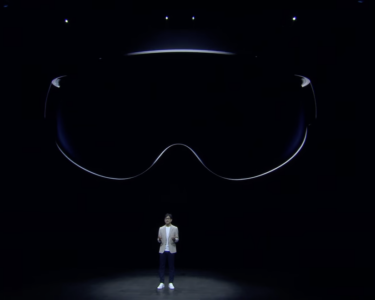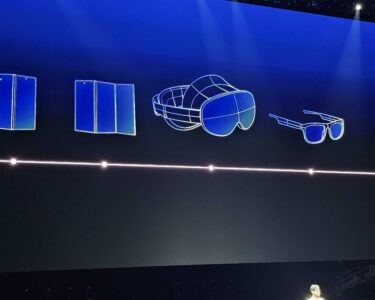Swallow the wrong microbe, and you might end up in the hospital with a needle or two in your arm — and plenty of itty-bitty bacterial needles poking at you from the inside. That’s because many bacteria that make us sick use microscopic, syringelike structures to inject our cells with proteins that wreak havoc from the inside. Now, researchers have shown how these microbes load their nanoscale needles with proteins.
Tracking individual proteins as they jittered around inside living bacteria revealed the microbes use a shuttle bus–like system to load their syringes: shuttle proteins travel random paths within the microbes’ interiors, grabbing cargo destined for injection as they go and dropping it off at the syringes, scientists report January 3 in Nature Microbiology. Knowing how these bacterial needles work could help scientists learn how to disrupt them — or commandeer them for medical applications, like using bacterial needles to inject cancer cells with targeted drugs while leaving healthy tissue unscathed.
Shuttling proteins to the syringe is “a really novel molecular mechanism that was not known before,” says microbiologist Andreas Diepold of the Max Planck Institute for Terrestrial Microbiology in Marburg, Germany.
Under the microscope, the syringelike structures, called a type-III secretion system, look like hollow needles just wide enough for a single unfolded protein to slither through, Diepold says. A microbe’s entire surface might be covered in such needles, giving the bacterium the look of a sinister little pincushion. Scientists know the protein structure of these nanoscale needles quite well. But “we don’t know the basic question of how they recruit whatever is injected,” he says.

Previous studies suggested that a ring of proteins at the base of the secretion system, where it attaches to the bacterial cell membrane, might act something like a sorting platform that grabs target proteins and loads them into the syringe. But that work wasn’t done in living cells, says microbial geneticist Kelly Hughes of the University of Utah in Salt Lake City, who was not involved in the new study.
Other studies in live cells, including recent work by Diepold and his colleagues, hinted that the components of the sorting platform might not stay put at the bases of the syringes. Instead, they might wander around the gel-like jumble of fluids, proteins and other biological bits enclosed within a bacterium’s cell membrane, picking up and dropping off target proteins as they go — like shuttle buses.
The new study put the shuttle-bus idea to the test by using fluorescence microscopy to track the movement of individual sorting platform proteins in Yersinia enterocolitica, a stomach bug that lurks in undercooked pork. Maps of the proteins’ paths show them wandering random, zigzag paths through the cells. And experiments with mutant Y.enterocolitica that lack injectable proteins revealed that the shuttle-bus proteins move more quickly in the mutants — without any injectable targets to bind to, the shuttle-bus proteins don’t get weighed down by cargo and can diffuse faster through the cells. This showed that the sorting platform proteins don’t just wander; they also pick up passengers along the way.
“What I loved about this paper was that it was all set in vivo,” in living cells, Hughes says. “You get these beautiful pictures. And you know, a picture’s worth a thousand words.”
Unraveling more of the outstanding mysteries surrounding these microscale needles will make it easier for scientists to throw a wrench in these machines, or to tinker with them. This type of secretion system, one of a handful of different types of needles bacteria have at their disposal, is widespread across different species of bacteria, Diepold says, so they’re good targets for new types of antibacterial drugs (SN: 3/30/22).
They’re also promising tools for medicine and biotech, Hughes says. But as much as they look like medical syringes, bacterial syringes work differently — and scientists still don’t know exactly how bacteria push proteins through their needles. It’s also unclear how the proteins that load up the needles recognize their targets. “We want to understand the riddle of how these systems work,” Diepold says. “We want to understand which solutions evolution came up with to allow bacteria to infect us.”





